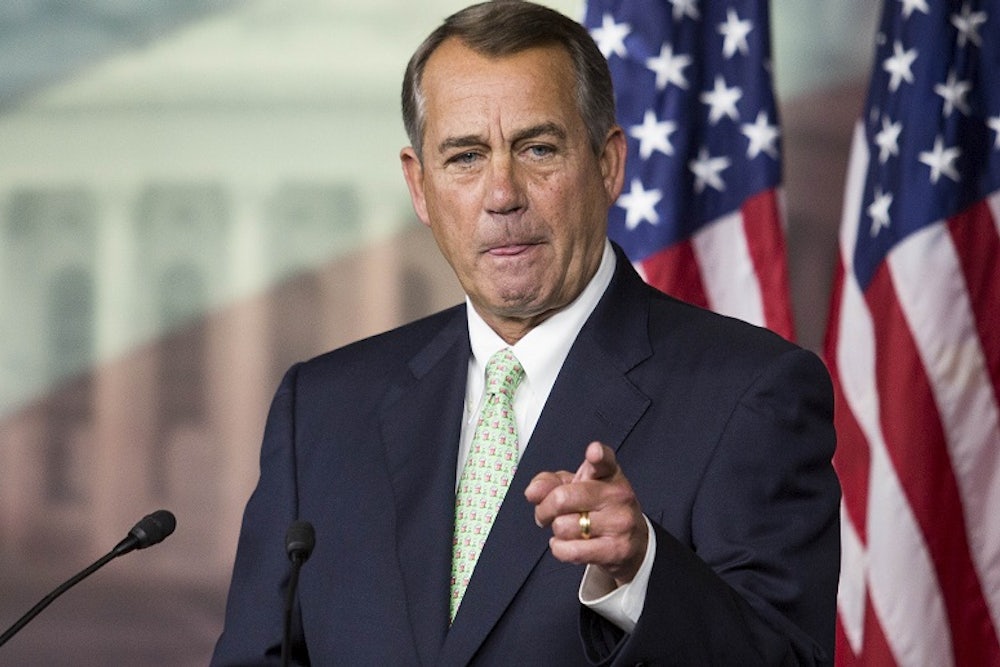Despite the weak economic recovery, Congress has spent much of the last couple of years fretting over the country's long-term debt. While this focus was always misplaced, policymakers have succeeded in significantly reducing the deficit. In a memo to Senate Democrats in February, Senator Patty Murray calculated the reduction at $3.3 trillion over the next 10 years: $2.5 trillion in spending cuts (including interest savings) and $767 billion in new revenues.
In new projections released Monday, the Center for Budget and Policy Priorities revealed the magnitude of these cuts over the long term. In CBPP’s 2010 projections, the U.S.’s debt-to-income ratio was on track to surpass 200 percent in 2040. Now, it is projected to hit 101 percent. Although that is not sustainable either, it represents a significant achievement—or a policy failure, depending on your perspective. Sequestration, for instance, has reduced economic growth and it will continue to do so in the next few years. But if you’re grading policymakers solely on the magnitude of deficit reduction, it’s hard to avoid the conclusion that they’ve succeeded:

